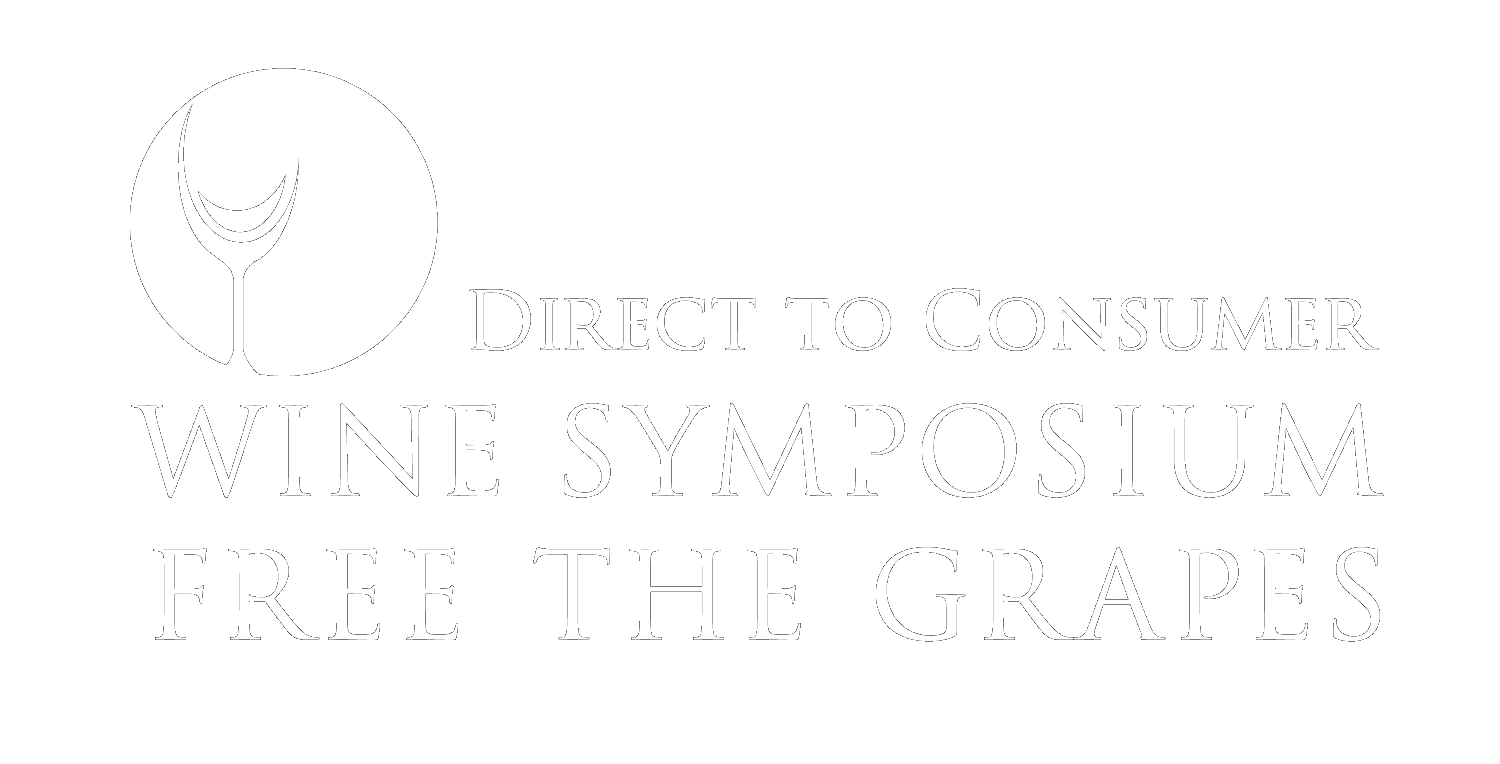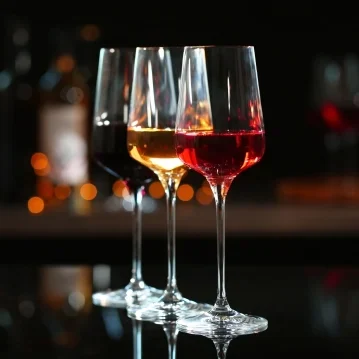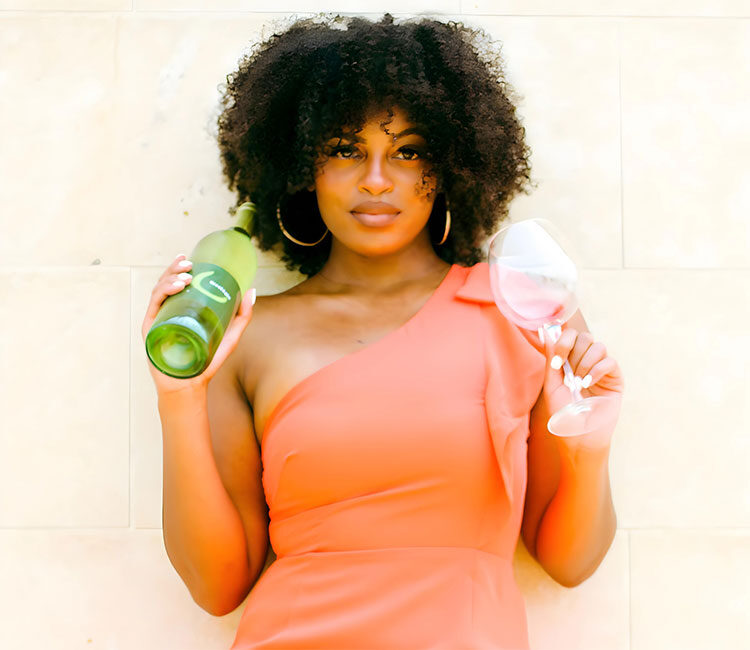Isis Daniel | The Millennial Somm
The wine industry has a blind spot, and it's costing us the next generation of consumers. My journey from Capital Wine School and the WSET program to becoming The Millennial Somm revealed why. Here is the blunt truth and a path forward.
My wine journey didn’t begin in a vineyard, but with an "aha" moment sparked by the 2019 Silicon Valley Bank (SVB) State of the Wine Industry Report. Despite record sales, the report signaled a clear shift: younger consumers weren't engaging with wine as previously expected. As a millennial, this resonated deeply. My digitally fluent generation was searching for wine online, but the industry was still focused on traditional media. No one was speaking to us on our terms regarding price point, experience level, or digital habits. This void sparked "The Millennial Somm," my outlet to translate wine knowledge into accessible, engaging exploration.
I quickly learned that connection requires authenticity. My initial formal "wine-tasting" content fell flat until I realized education needed a fun, genuine voice. Breaking from pretentious norms, despite industry skepticism, became my platform's strength. People were hungry for a fresh perspective.
The Digital Shift: Five Years of Evolution (And Lingering Resistance)
In those early days, the industry often wasn’t listening. I recall a tasting where, despite concerns about younger drinkers avoiding traditional publications, the solution offered was still, "Get us in Wine Spectator." It demonstrated a fundamental disconnect: acknowledging social media’s necessity without understanding its foundational work.
Thankfully, the tide is shifting. Over five years, skepticism has evolved into an eager acknowledgment of digital voices. Wineries like McBride Sisters, Frank Family Vineyards, and Tablas Creek Vineyard now embrace this. However, a deeper understanding of how to best use social media and influencer partnerships remains crucial.
The data offers clear guidance: Research and Metric shows micro-influencers (10,000-50,000 followers) achieve a 7.2% average engagement versus 1.4% for macro-influencers, delivering a 35% higher ROI. This isn't just reach; it's authentic trust. Yet many wineries still chase instant results with costly macro-influencers, missing the true impact that comes from consistent, strategic engagement with diverse micro-influencers over several months. Their impatience and misunderstanding of effective ROI is often their downfall.
A Critical Reality Check for Wine
Here's the reality: younger generations aren't necessarily “drinking less” out of disinterest; they are drinking differently and with moderation. They are more health-conscious, a trend noted back in that 2019 report. The industry's resistance to quality non-alcoholic options, unlike the beer industry, represents a major missed market. This shift towards moderation should be celebrated and highlighted, not seen as a threat to be sidestepped or ignored.
The warnings have been consistent for years, yet inaction prevailed. The success we are seeing today comes directly from social media. Look at Amanda McCrossin (@sommvivant) on TikTok. Her video for Duhig Wines generated 1,100 mailing list sign-ups and boosted wine club enrollment by nearly 90%. My own live TikTok tastings have moved hundreds of bottles. This is a tangible ROI that bypasses traditional gatekeepers.
The cliché that "influencers are just a pretty face" is outdated. Content creation is a demanding profession requiring strategy and authentic connection. Wineries often fixate on follower count instead of strategic impact. The data is clear: macro-influencers build brand awareness, while micro-influencers drive direct sales and local connections. To find them, ask local retail shops or bars: "Who are your customers asking about?"
Success isn't about quick wins. It's about patience, strategy, and building relationships over time (typically at least six months for impactful results). This work demands consistency and quality, not just "posting a video because you paid."
Your Opportunity at the 2026 DTC Wine Symposium
The time for a collective industry shift is now. If your digital efforts haven't yielded results, the 2026 DTC Wine Symposium offers solutions. It is your premier opportunity to network directly with diverse influencers, from industry titans to digital storytellers. You can learn to integrate strategic influencer partnerships into your brand's growth plans, aligning their expertise with your needs for ROI, brand awareness, or local market penetration. This is where the industry can slow down and truly understand how to leverage these powerful tools.
Join us to empower your brand to connect directly with today's evolving consumers.
What's the biggest misconception you've encountered about influencer marketing in the wine industry? Share your thoughts below!
Isis Daniel “The Millennial Somm”


